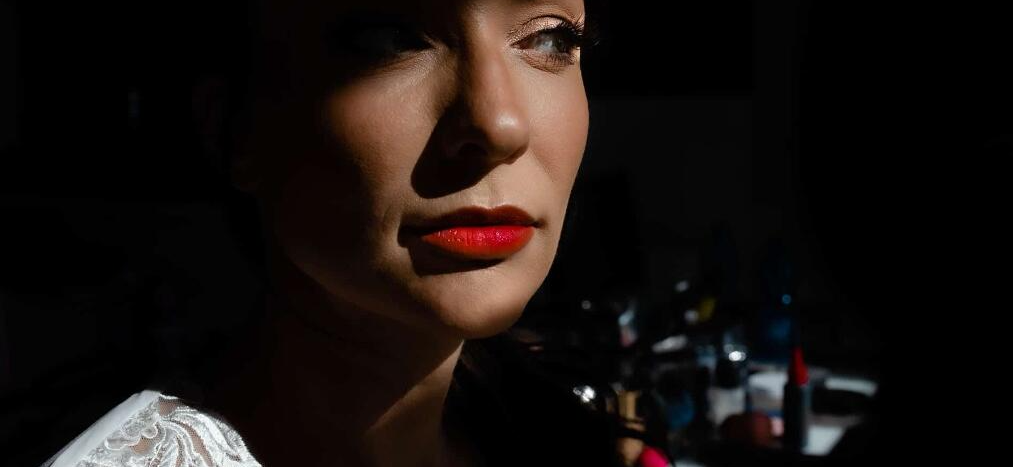Documentary photography stands as a powerful narrative form that captures the complexities of the human experience. This genre transcends mere aesthetics, aiming instead to tell stories that resonate with social, political, and cultural significance. By focusing on real-life subjects and events, documentary photography provides an authentic glimpse into the world, prompting viewers to confront uncomfortable truths and engage with issues that often go unnoticed.
At its core, documentary photography is an ethical endeavor. Photographers wield their cameras as tools for advocacy, aiming to shed light on marginalized voices and urgent societal challenges. The images they create not only document reality but also evoke empathy and provoke thought. Consider the work of renowned photographers such as Dorothea Lange or Sebastião Salgado, whose poignant images have powerfully influenced public perception and policy over the decades.
Furthermore, documentary photography is uniquely versatile; it can convey a wide variety of narratives, whether focusing on humanitarian crises, environmental issues, or cultural traditions. This adaptability highlights photography's role in archiving history and shaping collective memory. As we navigate a rapidly changing world, the importance of these visual narratives becomes increasingly apparent, urging us to remain engaged and informed citizens.
In an age dominated by digital imagery, documentary photography serves as a vital reminder of the authenticity and depth that true storytelling can achieve. It challenges us to look beyond surface-level representations and to acknowledge the rich tapestry of our shared human experience. Through the lens of documentary photography, we find not just an art form, but a call to awareness, action, and understanding

